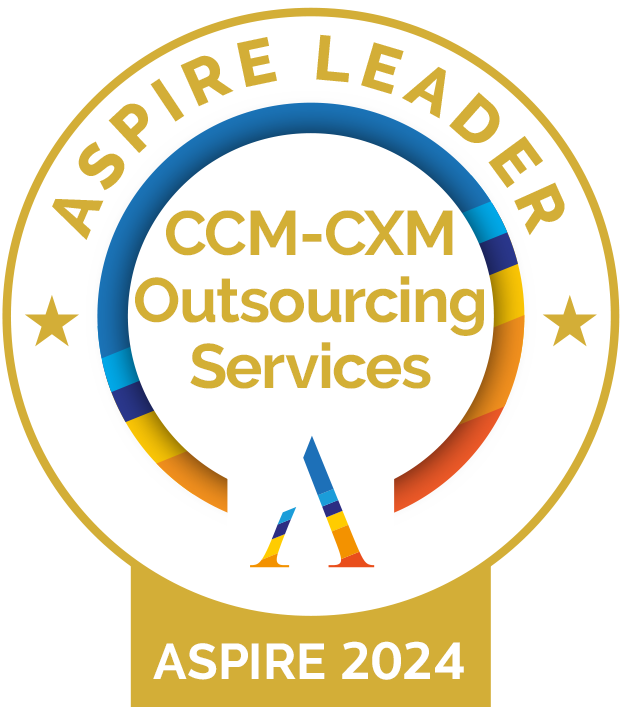With natural disasters like tornadoes occurring out of season and in places they don’t usually happen, pandemics, human-initiated events like cyber attacks, and other factors, there’s a real possibility your business might lose access to its data, systems, and staff at some point.
Even if a disaster is not your fault, your business could suffer irreparable financial, legal, and reputational damage if unprepared.
The business risks of being unprepared for a disaster
According to Uptime’s 2022 Data Center Resiliency Survey:
- 80% of data center managers and operators have experienced some outage in the past three years
- Over 60% of these failures result in at least $100,000 in total losses, up from 39% in 2019
- 15% of outages cost upwards of $1 million, up from 11% to 15% over that same period
- 30% percent of public outages lasted more than 24 hours in 2021, up from just 8% in 2017
While consumer perception of outages is harder to quantify, businesses often lose customers when incidents as innocuous as a power outage occur and aren’t quickly rectified. A recent survey conducted by Infrascale revealed that 37% of SMBs—which can include credit unions, smaller banks, and more minor municipality services, to name a few—have lost customers, and 17% have lost revenue due to downtime.
In addition to being unable to access your business’s digital tools or other services, consider all the customer data, billing and otherwise, that could be lost if your business doesn’t have the proper safeguards for a potential outage. Not only does this cripple your business operations and lead to massive financial loss—the average cost of a data breach reached an all-time high of $4.35 million in 2022, according to IBM—it also could lead to public reputational damage.
Many businesses—especially those in the financial, healthcare, and government sectors—must create and follow plans for disaster recovery, business continuity, and data protection by law. Thus, failure to have these procedures in place can spell legal or regulatory compliance troubles.
Business continuity vs. disaster recovery
Business continuity and disaster recovery are terms people often conflate. While they relate to each other, they cover different elements.
Business continuity aims to quantify business impact, minimize risk, and ensure the continued delivery of a company’s products and services. The plans, processes, and procedures will help employees continue working and the business operates amid a disaster. Think of it as proactive planning before a disaster occurs coupled with a scenario-specific response to maintain productivity throughout.
Disaster recovery deals with how a business can quickly regain access to vital infrastructure and systems after a natural or human disaster. It entails specific steps a business must take to restore functionality to impacted systems or help systems continue running after an incident. Unlike business continuity, disaster recovery is a reactive process that begins after a disaster.
The potential benefits of DR-as-a-Service
Businesses can build and manage their business continuity and disaster recovery processes and systems in-house. But outsourcing to a trusted provider is another option if these aren’t your core competencies. It can save you a lot of pain, as an expert is less likely to encounter a problem. Outsourcing DR/BC can also improve businesses’ ROI by 15%.
Disaster recovery as a service (DRaaS) is a cloud computing service model that enables an organization to back up its data and infrastructure via a third-party cloud computing environment. All the orchestration related to disaster recovery after an event is managed via a software-as-as-service (SaaS) platform. Businesses that use DRaaS are not required to own or control all the related disaster recovery resources and plans, which are often lengthy and laborious when done in-house. This helps them save on operational and capital expenditures and feel secure that experts are on hand to help them in a disaster. DRaaS also typically gets systems back up and running more quickly—almost, in some cases, at the click of a button.
Monitoring how your partners manage business continuity and disaster recovery
OSG has engineered its environment to facilitate continued workflow and ensure data protection:
- Several strategically located, connected facilities with redundant data processing, printing, and inserting equipment: IT failover between facilities is supported through regular replication and backup procedures multiple times daily.
- Failover procedures structured to facilitate the relocation of materials and work: In the event of an extended outage at one facility, we’re ready to move you to an intact location.
- Large diesel generators with uninterruptible power supplies to protect critical servers and network equipment: In the event of a utility power failure, generators automatically resume operation.
- Data processing infrastructure, software, and libraries replicated between the facilities: Redundant circuits from different carriers are installed at each facility to ensure connectivity and provide failover support.
- Production equipment supported by on‐site service agreements and/or service-upon-demand agreements: This allows for quick repairs and minimal downtime, and relationships with multiple hardware vendors are in place to ensure that new equipment will be available when needed.
We can also tailor in‐house business continuity solutions that guarantee continued operations, such as:
- private circuits and/or redundant network connectivity between our clients and our own primary and secondary data centers;
- mirrored production equipment, including printers, inserters, etc.;
- pre‐positioned forms and envelopes at the secondary OSG facility; and
- periodic on-site testing.
Business continuity and disaster recovery with OSG
OSG offers DR/BC services to businesses in various industries—those managing these functions in-house and those seeking outsourced solutions via DRaaS. These services ensure your transactional mail—invoices, statements, and other sensitive documents—deploys on time, every time in the event of a disruption to your current print and mail solution. This redundancy plan is easy to activate, maintenance-free, and fully scalable. It includes an always on-call account manager and production team to respond to your print and mail emergency. Regular reports and web-portal access provide peace of mind and demonstrate that we are always ready to help you through a disaster.
We can temporarily convert our clients’ print documents to digital files as part of our DR/BC services. After clients experience the taste of digital payments and communications, they often discover the benefits and efficiencies of moving forward with full-scale adoption. When you go digital, bills go out electronically, so you don’t need to worry about physical documents, people, or buildings. Everything continues running because it’s all online.
Importantly, we are true partners regarding our clients’ DR/BC needs. We identify how to ensure we have you covered depending on your specific goals and requirements.
If you take anything from this post, business continuity and disaster recovery are critical components of your operation. If you can’t do it well in-house, outsource it to the experts.




